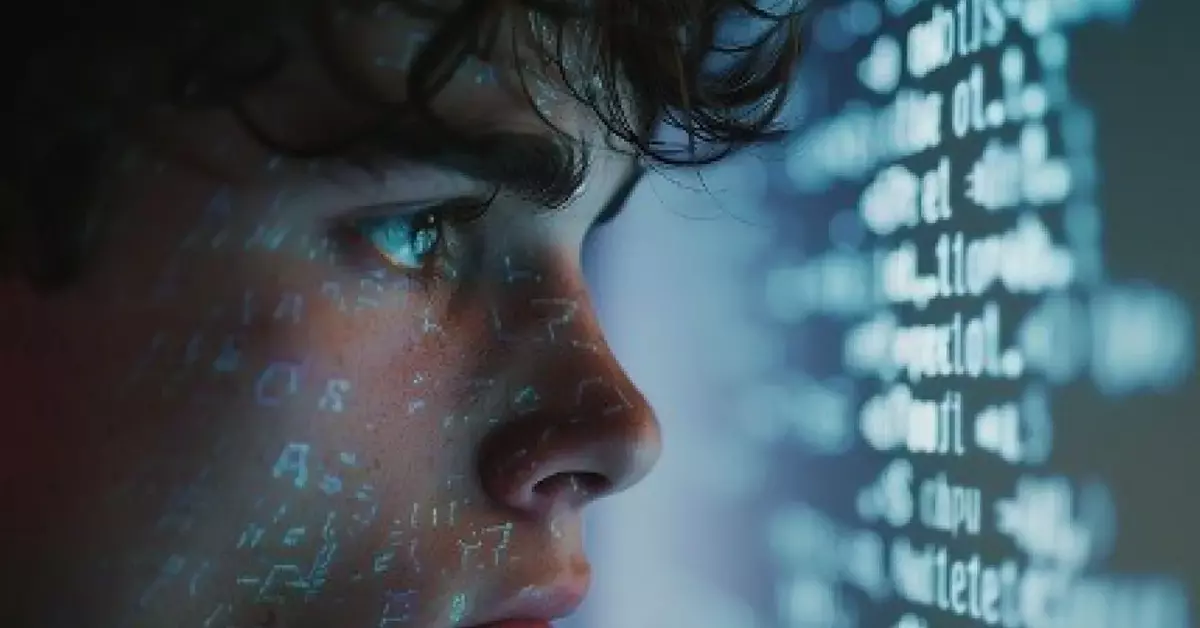
Today, our lives are intricately woven into the fabric of screens, where mourning and grief have become a cocktail of the familiar and the alien.
Imagine a friend has passed away, and you are sitting in front of the computer, scrolling through social media, with tributes flooding in and memories filling your feed with each post; everything testifying to someone who was once alive.
It is when you stop that the weight of loss falls, yet somehow an unasked-for pressure is placed upon you, forcing you to don a mask of composure, as if attempting to wear dignity alongside heartbreak.
Mourning, in this virtual atmosphere, has become publicly expressed; emotions are brought to the forefront and shared, remade, and even manipulated at times.
The desire to respect your loved one can begin to transform into the need to write a perfect, shining story—one that people would expect to read based on an online audience.
Thus, you may refrain from expressing your original feelings, fearing that pure, unfiltered grief is unacceptable and may be wrongly judged or misunderstood.
The outpouring of feelings you keep inside is packaged neatly as a tribute—a single special picture, a few final words, a hesitant, even forced smile.
It might be a glimmer, but there is still some comfort amidst such manufactured grief.
Cyber-memorials and web-based support groups now afford users spaces where they can collectively hold it all together, relaying hurt and memories to an attentive world.
Healing can begin here, in the electronic arms of like-minded beings, but such interactions are hardly ever warm or intimate, as in the case of real relationships.
A comment or a heart is somewhat like an almost gentle pat on the back—it does not replace the security of embracing another person or the reassuring tone of a caring voice.
Moving through this binary reality, it becomes apparent that one must also address the effects of online life on authentic mourning.
Is it the lack of allowance for grieving ourselves, or is it that we care about maintaining an acceptable societal image?
It’s a digital world, after all; we must look within to deal with it during moments like these. Grief cannot be put into a neat box; it’s messy, chaotic, and very personal.
To truly respect our loved ones, we must be open and vulnerable, creating spaces for emotions to flow freely without judgment.
Let’s not forget that the depth of our authentic selves heals while screens connect. When we share our real pain with others, we allow them to do so too, weaving a tapestry of understanding and support that bridges the digital divide of communication.
Let us strive for a balance, then—a space where private grief is shared and where the digital enhances rather than diminishes the process of mourning.
In this way, we not only pay homage to the memories of those we have lost but also to the rich tapestry of our collective human experience.
ALSO READ | Ritam Library: A Sanctuary For Bibliophiles In Sualkuchi

Rajashree Das is a Communications Officer at Shishu Sarothi, an NGO dedicated to supporting children with disabilities. A postgraduate degree in Mass Communication and Journalism, she has extensive experience in storytelling, content creation, and advocacy work.